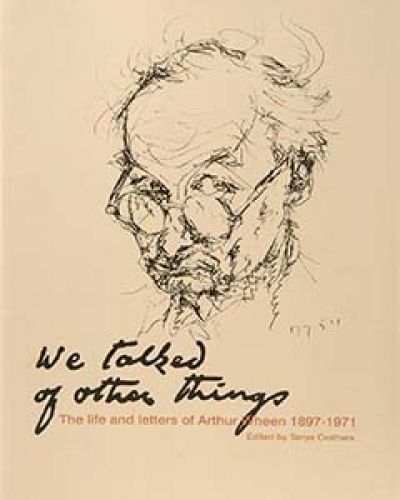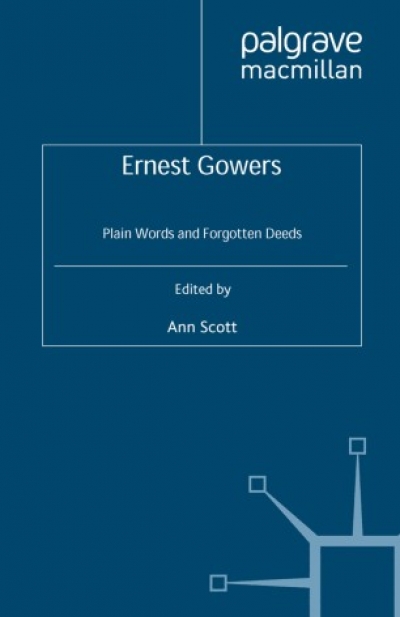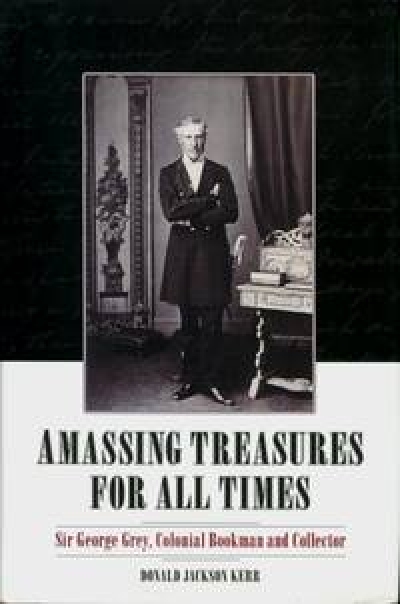Graeme Powell
Christina Stead: A web of friendship, selected letters (1928–1973) edited by Ron Geering
An Unqualified Success: The extraordinary life of Allan Percy Fleming by Peter Golding
We Talked of Other Things: The life and letters of Arthur Wheen 1897–1971 edited by Tanya Crothers
Ernest Gowers: Plain words and forgotten deeds edited by Ann Scott
Blue Mauritius: The hunt for the world's most valuable stamp by Helen Morgan
Harold White joined the staff of the Commonwealth Parliamentary Library as a cadet cataloguer in February 1923, a few weeks after leaving school. It was an important year in the history of the Library. In April the Commonwealth Government purchased at auction the personal journal of James Cook, kept during the voyage of the Endeavour in 1768–71. The journal has always been the most famous item in the Library’s collection. Later that year, the Library Committee adopted the term ‘Commonwealth National Library’ to distinguish the national collections and services from those offered to the Parliament. It remained a hybrid institution until the passing of the 1960 National Library of Australia Act and the opening of the Library building in 1968.
... (read more)Manning Clark married Dymphna Lodewycks in 1939. In the following years they lived in Oxford, Tiverton, Geelong and Melbourne, before moving to Canberra in 1949. On 29 October 1953 they took up residence in a new house, designed by their friend Robin Boyd, in Tasmania Circle, Forrest. It was to be their home for the rest of their lives. It was not a particularly large house, and the Clarks and their six children must have found it cramped at times. The only upstairs room was Manning’s study, reached by a ladder from the entrance hall. It was in this room, with its view of Mount Ainslie and Black Mountain, that he wrote the six volumes of A History of Australia, several other books, and countless articles, reviews, lectures and speeches.
... (read more)





